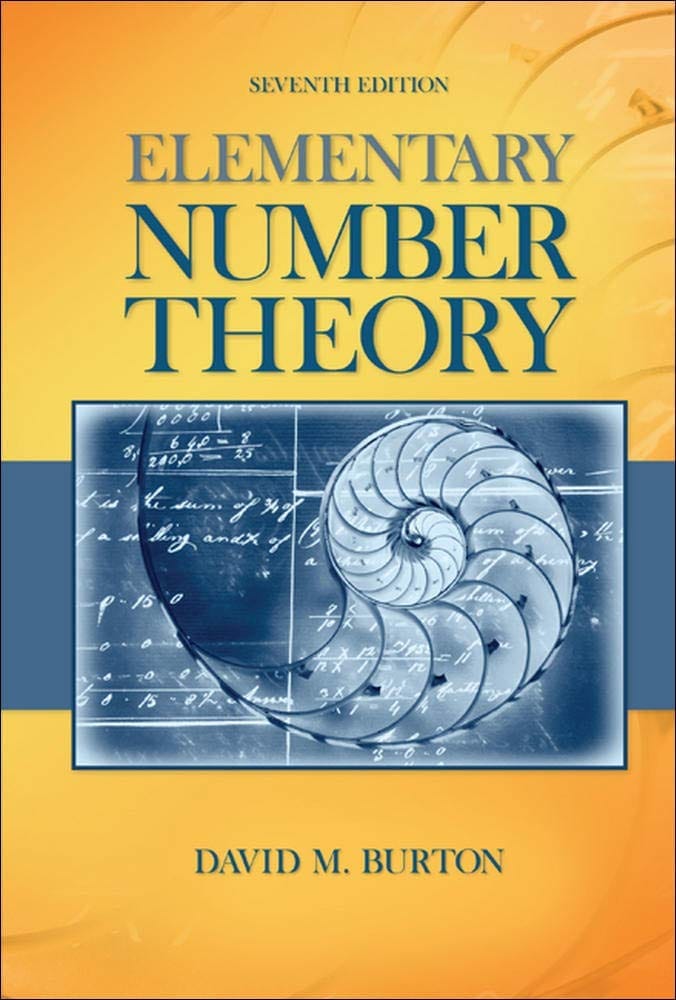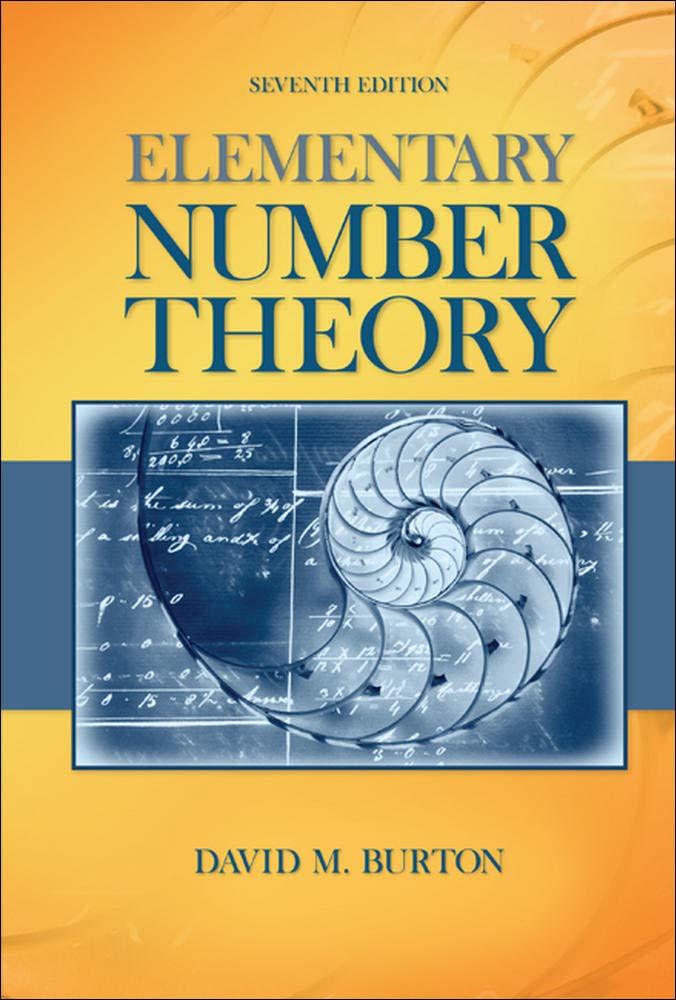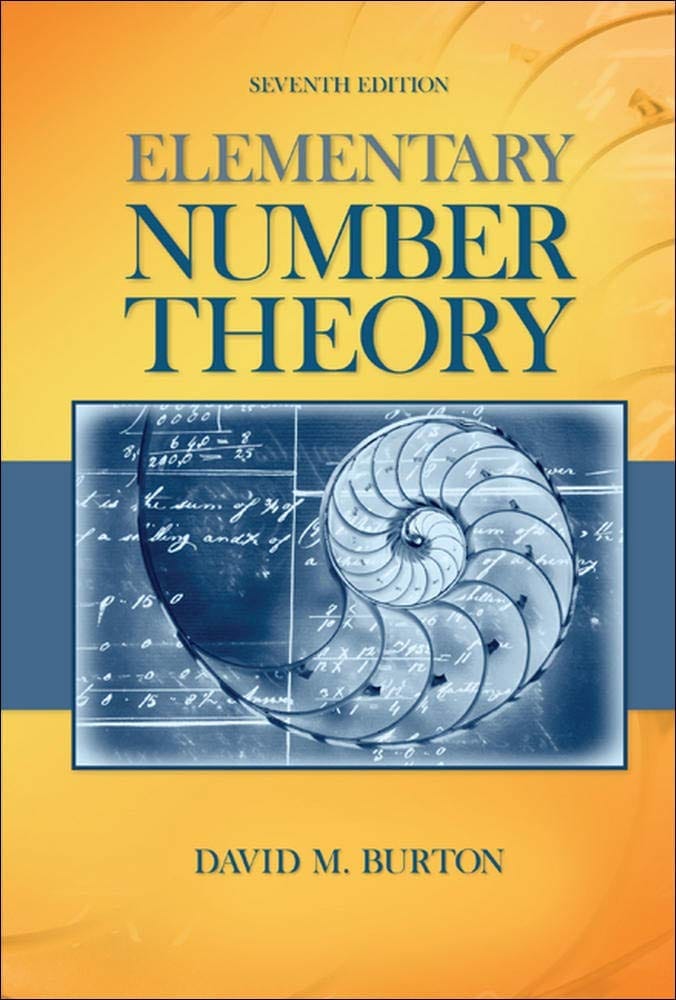
Elementary Number Theory Problems 4.3 Solution (David M. Burton's 7th Edition) - Q5
My Solution for "(a) Obtain the following generalization of Theorem 4.6: If the integer $N$ is represented in the base $b$ by $$N = a_{m}b^{m} + \cdots + a_{2}b^{2} + a_{1}b + a_{0} \qquad 0 \leq a_{k} \leq b - 1$$ then $b - 1 \mid N$ if and only if ..."
Background
All theorems, corollaries, and definitions listed in the book's order:

I will only use theorems or facts that are proved before this question. So, you will not see that I quote theorems or facts from the later chapters.
Question
(a) Obtain the following generalization of Theorem 4.6: If the integer $N$ is represented in the base $b$ by $$N = a_{m}b^{m} + \cdots + a_{2}b^{2} + a_{1}b + a_{0} \qquad 0 \leq a_{k} \leq b - 1$$ then $b - 1 \mid N$ if and only if $b - 1 \mid (a_{m} + \cdots + a_{2} + a_{1} + a_{0})$.
(b) Give criteria for the divisibility of $N$ by $3$ and $8$ that depend on the digit of $N$ when written in the base $9$.
(c) Is the integer $(447836)_{9}$ divisible by $3$ and $8$?
Solution
(a)
We know $b \equiv 1 \pmod {b - 1}$. From Theorem 4.4, we have $N \equiv a_{m} + \cdots + a_{2} + a_{1} + a_{0} \pmod {b - 1}$.
The rest is for Premium Members only
SubscribeAlready have an account? Log in

